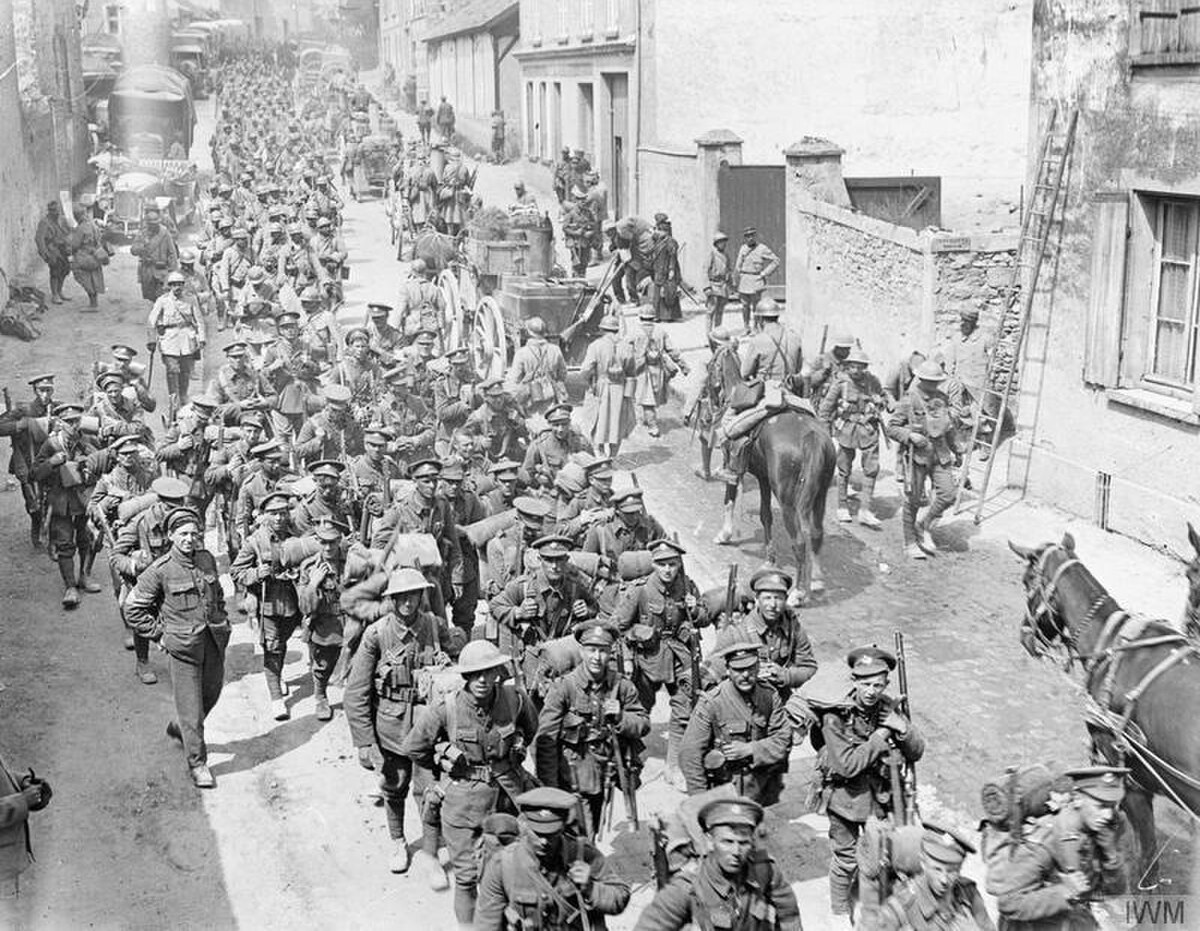
German spring offensive
BelgiumThe German spring offensive, or Kaiserschlacht ("Kaiser's Battle"), also known as the Ludendorff offensive, was a series of German attacks along the Western Front during the First World War, beginning on 21 March 1918. Following American entry into the war in April 1917, the Germans had realised that their only remaining chance of victory was to defeat the Allies before the United States could ship soldiers across the Atlantic and fully deploy its resources. The German Army had gained a temporary advantage in numbers as nearly 50 divisions had been freed by the Russian defeat and withdrawal from the war with the Treaty of Brest-Litovsk.
There were four German offensives, codenamed Michael, Georgette, Gneisenau, and Blücher-Yorck. Michael was the main attack, which was intended to break through the Allied lines, outflank the British forces (which held the front from the Somme River to the English Channel) and defeat the British Army. Once that was achieved, it was hoped that the French would seek armistice terms. The other offensives were subsidiary to Michael and were designed to divert Allied forces from the main offensive effort on the Somme. No clear objective was established before the start of the offensives and once the operations were underway, the targets of the attacks were constantly changed according to the battlefield (tactical) situation.
Once they began advancing, the Germans struggled to maintain the momentum, partly due to logistical issues. The fast-moving stormtrooper units could not carry enough food and ammunition to sustain themselves for long, and the army could not move in supplies and reinforcements fast enough to assist them.
The German Army made the deepest advances either side had made on the Western Front since 1914. They re-took much ground that they had lost in 1916–17 and took some ground that they had not yet controlled. Despite these apparent successes, they suffered heavy casualties in return for land that was of little strategic value and hard to defend. The offensive failed to deliver a blow that could save Germany from defeat, which has led some historians to describe it as a pyrrhic victory.
